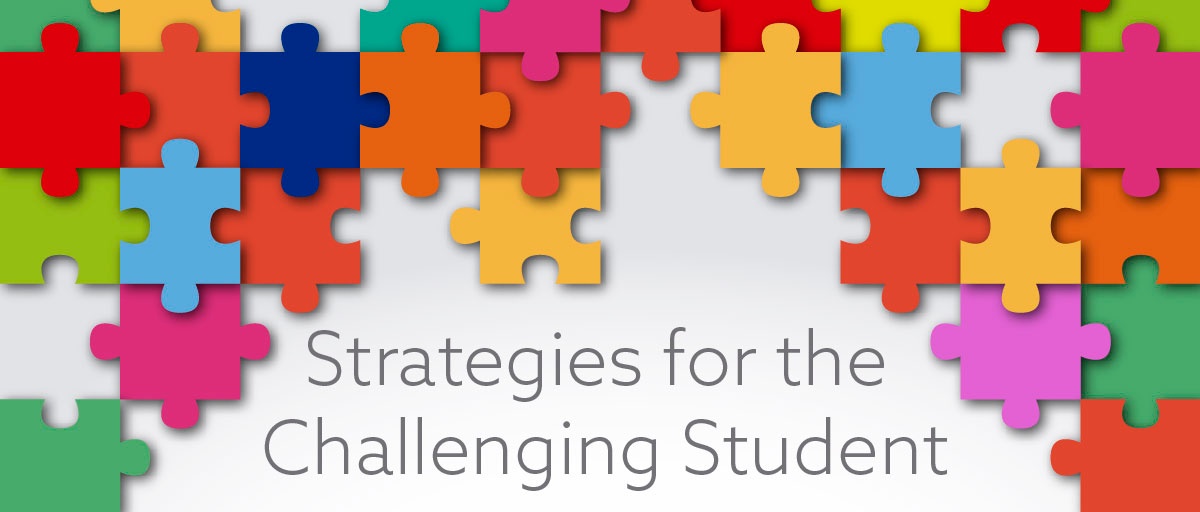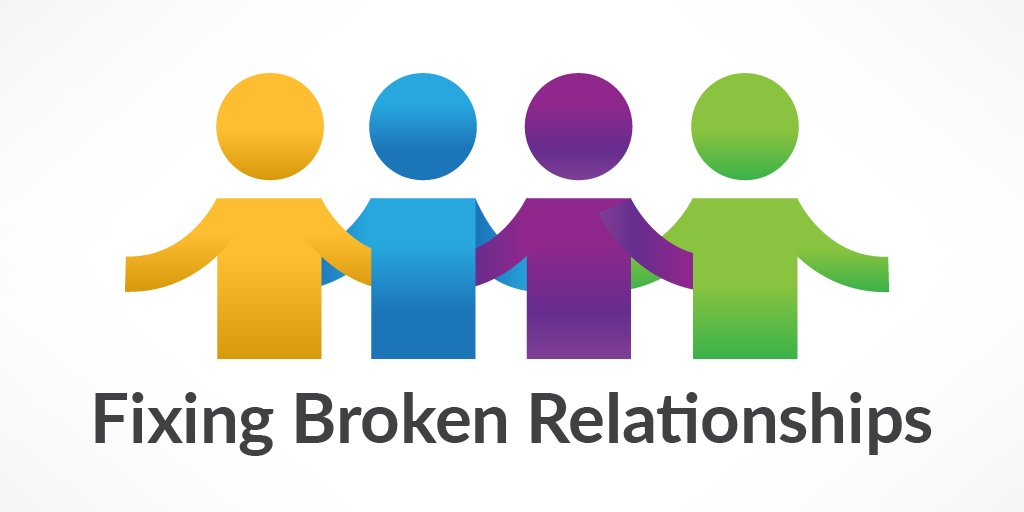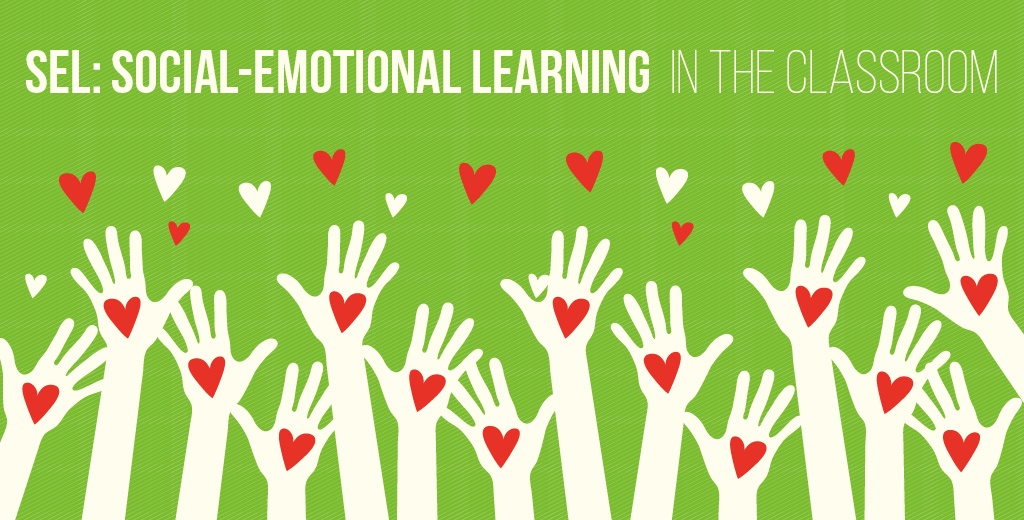If we think about our students like we do a computer—where we have finite inputs and then desired (or undesired) outputs—we think differently about the inputs. The coding term GIGO (Garbage In, Garbage Out) rings true. If we put incorrect messages about life, work, success, and education into our students, we could end up with poor student outcomes.
Humans are much more complex than this simple analogy. There are millions of factors that go into our “outcomes” in life, and some of them are outside of anyone’s control. But teachers, and even more so parents, like to think that by providing some influence on the external factors of a child’s upbringing, some positive results will occur. We try to create “rich soil” for our children to grow and flourish from.
Read More
Topics:
Administrator Resources,
tips for teachers
The proverbial hamster wheel is a constant in a teacher’s life. We take on everything and anything that comes our way: new curriculum, standardized tests, lesson planning, paper grading, bulletin boards, classroom supplies, technology, etc. But most teachers will tell you that the absolute hardest part of teaching is a challenging student. There are varying definitions of a challenging student, such as talking incessantly, not being able to sit still, or being apathetic, unfocused, disruptive, or defiant. This year I have three—it can make for a long year, but here are some strategies that can help you with the challenging students in your classroom:
Read More
Topics:
Administrator Resources,
tips for teachers,
Classroom Management
A new year is a great time to look at our accomplishments from the year gone by. Traditionally, it is also the time when we seek out opportunities for growth as we look ahead. I thought I would share some areas in which I would like to grow in 2018. By sharing these with you, I hope that maybe you can be inspired to take on some new learning, grow as an individual and a teacher, and get out of your comfort zone to try something challenging.
Read More
Topics:
Classroom Technology,
Educational Software,
Education Technology,
Administrator Resources,
tips for teachers
As we turn the calendar once again, we find ourselves with a new year full of possibilities. But even with all these possibilities, we know that old habits die hard—this is why listing our New Year’s resolutions is a popular practice and can be very profound. The list either helps us to do something new that we have always wanted to try, or start doing something we have known for a while and need to pick up again.
So for 2018, I have developed my top list of things I would like to do, improve at, or focus on for the year. These resolutions are aimed at improving my knowledge of educational technology (and more!) and are in no particular order—and a few are a little tongue in cheek!
Read More
Topics:
Educational Software,
Education Technology,
Educational Apps,
Administrator Resources,
tips for teachers
Considering the dynamic nature of the education industry and the practices followed, a teacher’s role today is quite multifaceted in comparison to how it used to be. For example, earlier curriculums and teaching methods were standardized and the teaching tools were common for all. However, with the introduction of technology, the options for teaching methods and tools have greatly increased.
Read More
Topics:
Educational Software,
Education Technology,
Administrator Resources,
tips for teachers
One of the roles I was least prepared for when I became a principal was that of “lead investigator” of the school. I quickly found out that hours and hours could be swallowed up by a simple restroom issue or playground problem. I had no idea what to do or how to do it when it came to questioning students—nor did I realize how much time it could take.
Over the years, I have developed some techniques to help make this process work better, both for myself and for the students. Some of these ideas increase efficiency, some increase effectiveness, and some are just general guidelines to help maintain rapport with both students and teachers.
Read More
Topics:
Administrator Resources,
Student Engagement,
Classroom Management
Relationships can be hard. They are dynamic, there can be communication breakdowns and misunderstandings, and philosophies and beliefs don’t always align. There are also times when relationships are strained by outside factors that have little to do with the people involved.
As a teacher, it is critical to maintain positive relationships with others. When they get rocky or go downhill, there should be a quick attempt to turn it around and mend the relationship. Whether it is a student, parent, or colleague, broken relationships not only cause stress, they often waste time and drain energy. If you have a relationship that needs fixing, here are some guidelines to help you:
Read More
Topics:
Administrator Resources,
Student Engagement,
tips for teachers,
Getting Parents Involved
I grew up in a small town in Minnesota. Our one elementary school building (K–6) and one combined junior and high school campus (7–12), along with the Catholic elementary school (K–6), were central to the community—structures that connected generations, a teaching staff that communicated local values, and a forum where community pride took shape in school events and the cheering on of beloved high school sports teams. It’s important to consider this rural context—deep pride in both place and people—before turning to a discussion of technology use within rural schools.
Read More
Topics:
Education Technology,
Funding,
education industry,
Administrator Resources
It’s no secret that STEM learning (science, technology, engineering, and math) is crucial for today’s students to succeed in the future job market. STEM occupations are growing at a rate of 17%, compared to 9.8% in other professions, so our students need to enter the workforce equipped with these skills. However, money in public education is tight, and a lack of financial resources can mean limited opportunities for STEM learning.
Read More
Topics:
Funding,
21st Century Skills,
Administrator Resources,
STEM
Social-emotional learning (SEL) is critical in today’s classroom. Students need to be taught how to handle their emotions in order to be contributing members of society. Students don’t always come to school equipped with these skills, which makes our job of teaching them even more important.
Read More
Topics:
21st Century Skills,
Administrator Resources,
tips for teachers,
SEL











